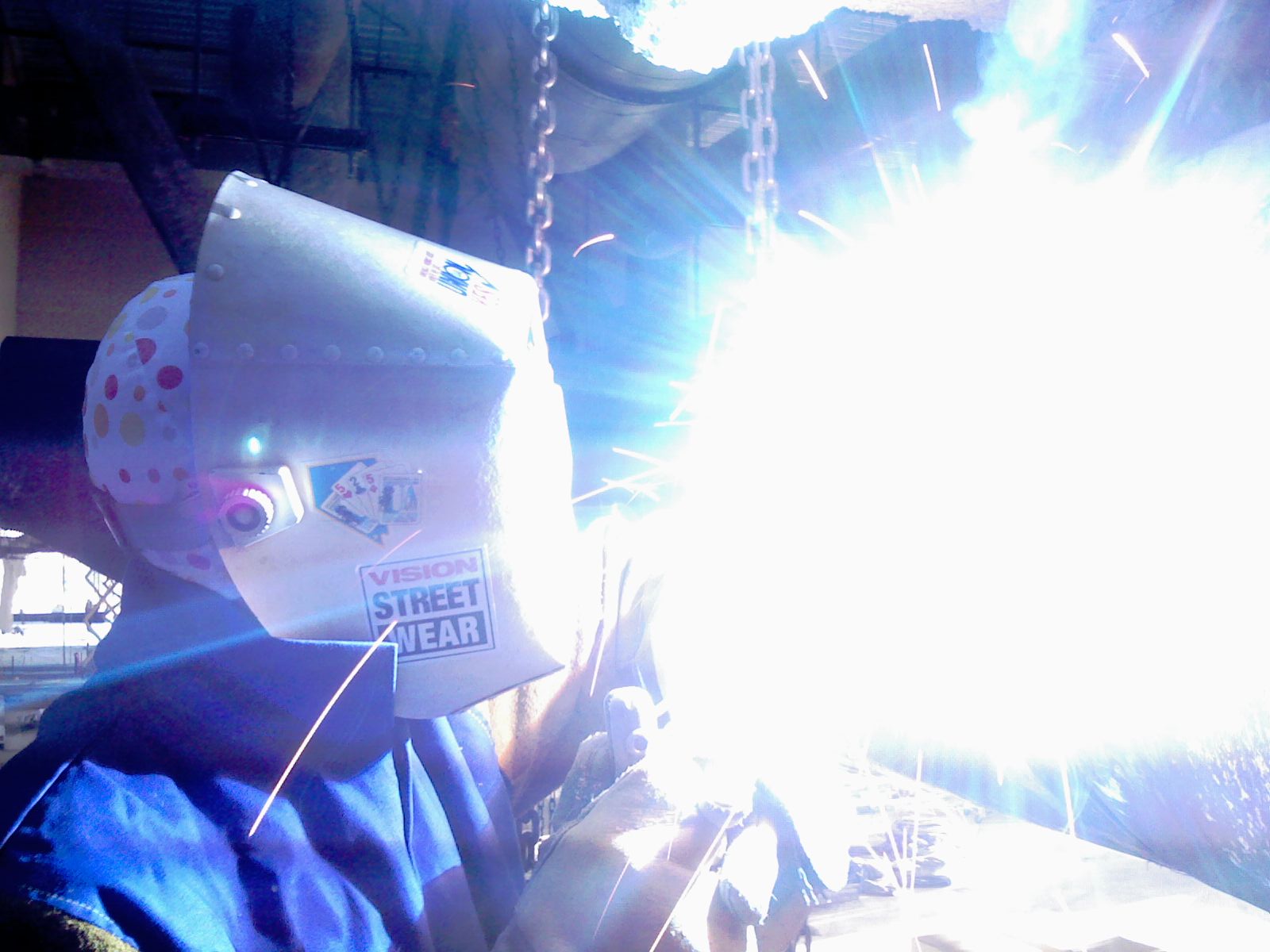
Ultraviolet light is a misconstrued as well as an under-utilized tool for enhancing interior air quality. There are various reasons to take advantage of the possibilities that UV lighting offers. It is used in medical facilities as well as research study labs to disinfect tools and spaces; as well as researchers, have yet to find a superbug that is resistant to UV-C rays.
Background of UV Light Use for Disinfection
Ultraviolet light has been used to sterilize tools in health centers as well as research laboratories because of the 1930s. In the 1990s, there was a press to make use of UV-C to enhance interior air quality by lowering the microbial accumulation within heating and cooling coils. In 2013, the CDC took part in a research on getting rid of some “extremely bugs” usual in health center rooms making use of a disinfection system featuring germicidal UVC lamp [หลอด uvc, which is the term in Thai].
Research studies tried to figure out whether UV light assists to remove fungal contamination as well as other harmful airborne bits from the air. The outcomes were quite positive. In both studies, UV-C rays caused significant decreases in contamination.
Numerous Kinds of UV Rays
The types of ultraviolet light:
- UV-A light is the least dangerous kind as well as has the lengthiest wavelength. It is typically described as “black light.”
- UV-B light creates sunburns with extensive exposure as well as enhances the danger of skin cancer. Approximately 95% of this kind of UV rays is absorbed by the ozone layer of the Earth’s atmosphere as well as never reaches Earth.
- UV-C has the shortest wavelength as well as is the most unsafe sort of UV ray. Almost every of them gets absorbed by the planet’s atmosphere. Due to the fact that UV-C rays degenerate the nucleic acids in the cells of microbes, they are used to sterilize air, food, as well as water. UV-C light can be hazardous to human beings if not made use of appropriately.









